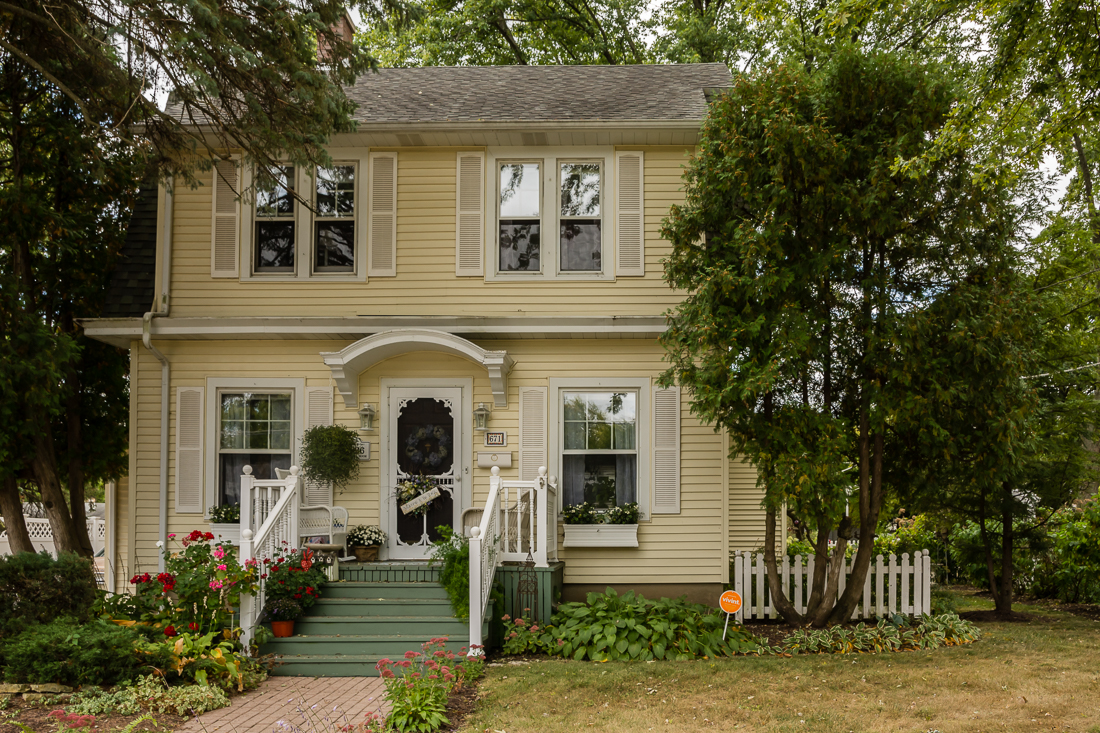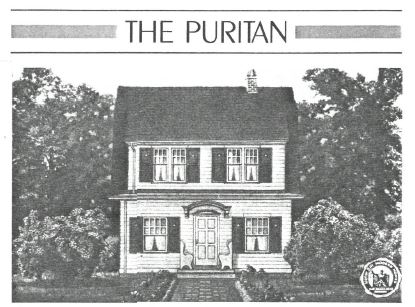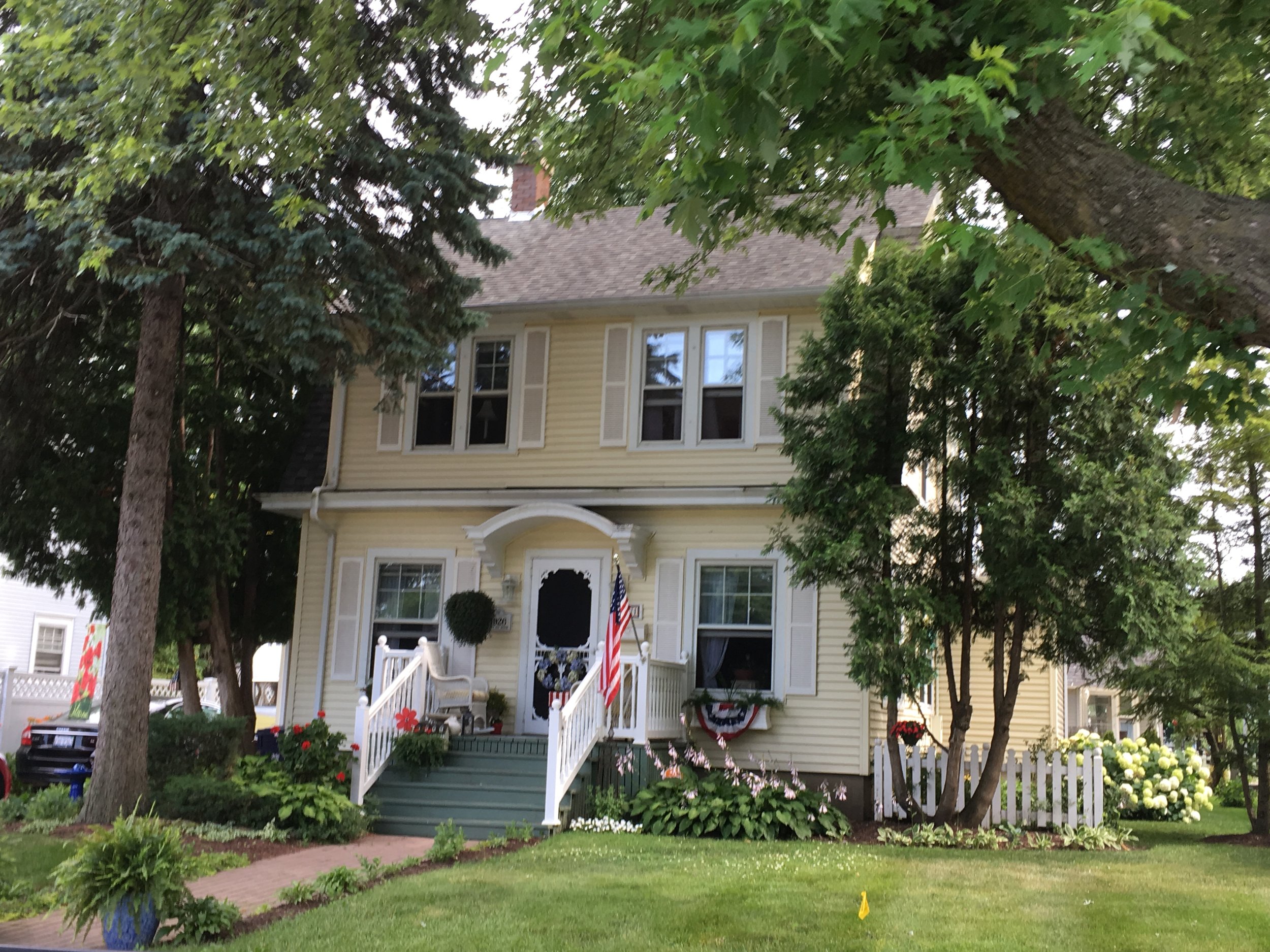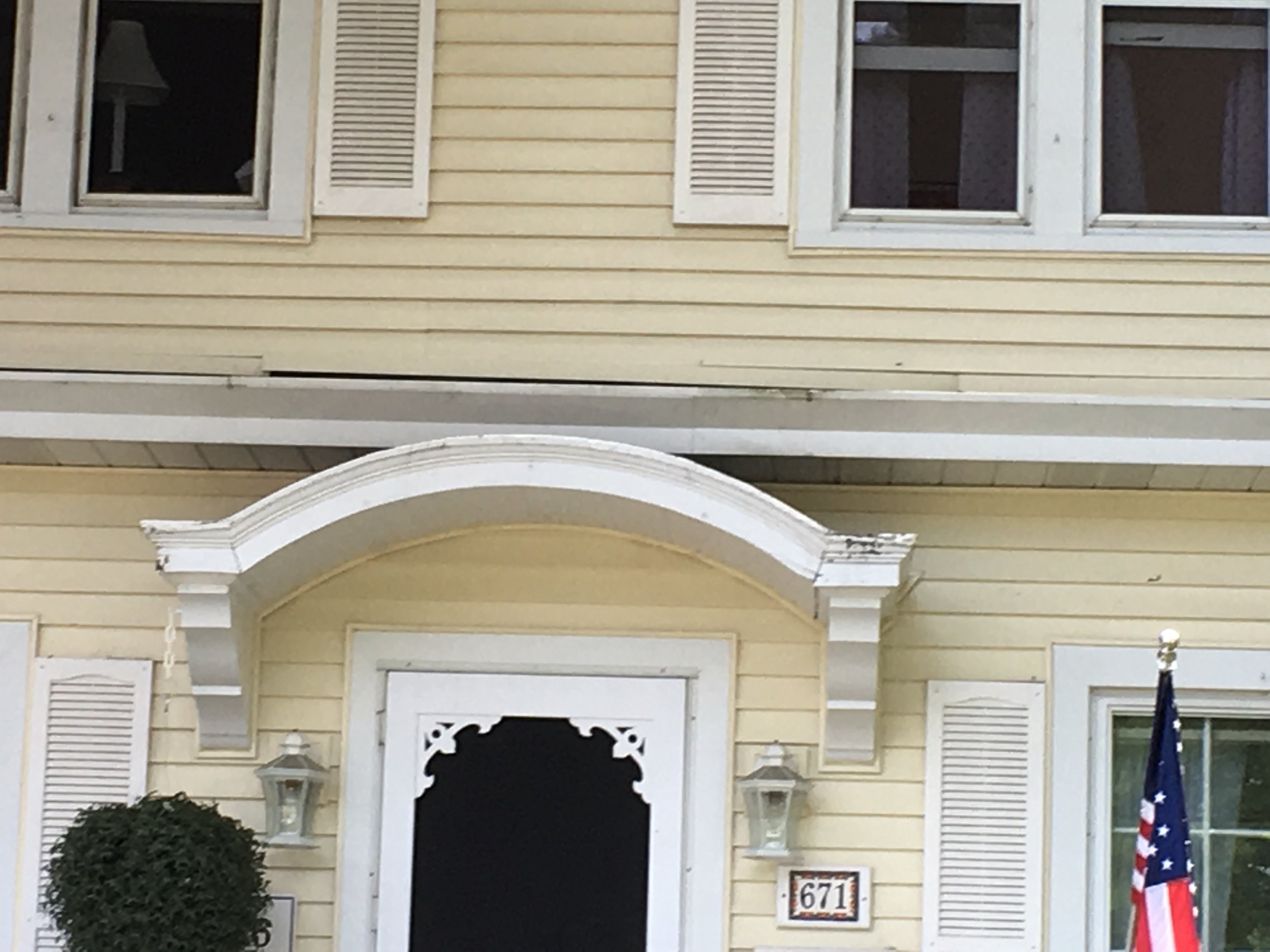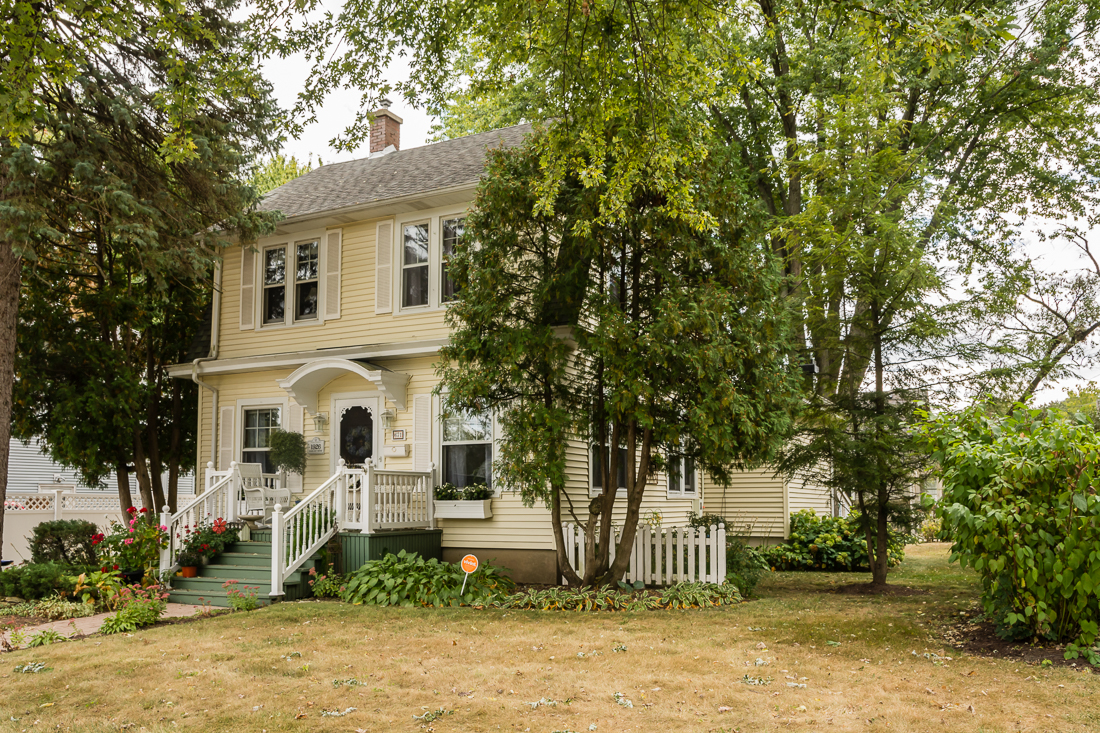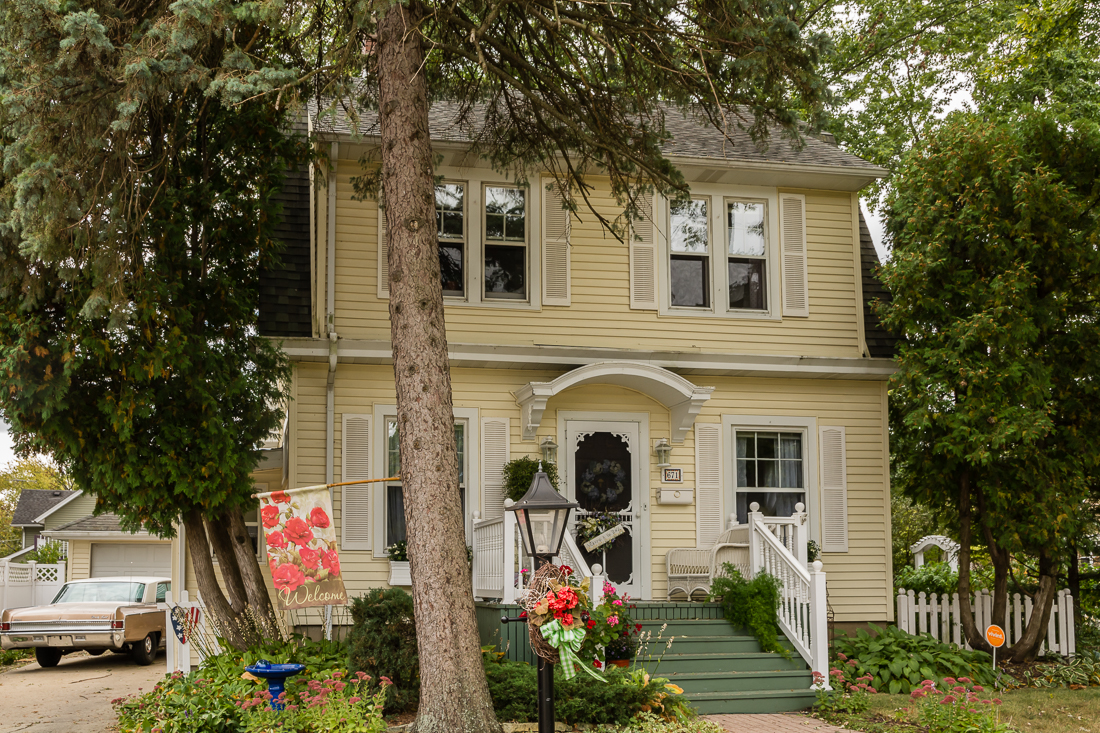671 OAK STREET
HISTORIC SIGNIFICANCE
Walter H. and Mary V. Kimball were the first registered owners of the property now known as 671 Oak Street. The Kimballs were among Elgin’s first residents and were notable citizens. They also purchased land elsewhere throughout the city, buying up lots 1, 5, 6, 7 and 10 in this same Kimball’s Fourth Addition subdivision for a total of $1,200.
The 1925-26 edition of the Elgin City Directory lists the lot at 671 as vacant, but the directory from 1927-28 list Arwin Rahn at the property. This suggests the home was built in 1926. Financial records indicate that Arwin and Lydia purchased the property in March of 1927 from Albert C. Eichhorst for $6,200. It would appear, then, that Eichhorst purchased the land, built the home, and then immediately sold it to the Rahn family.
This home also holds a special historic architectural significance as it is a Sears kit home. Named 'The Puritan,' prices for this catalog home ranged from $1,947 to $2,475. Sears homes were excessively popular in the early decades of the 1900s. The development of a more sophisticated railway system that more easily connected cities to one another drastically reduced the price of shipping materials. This, in turn, came at the same time as advancements in build technologies making pre-fabricated materials in which to construct a home much cheaper. These two facts together added to the growing popularity of Sears homes. Additionally, because people could buy the parts and build their homes themselves, it helped Americans across the nation – especially those of the working class – to participate in home ownership.
671 Oak Street is a nice example of this as Arwin Rahn is listed as a lineman for the telephone company in the 1940 Census.
ARCHITECTURAL SIGNIFICANCE
671 Oak Street, better known as the Sears Model home named ‘The Puritan,’ is a nice example of a side-gabled Dutch Colonial Revival. This side-gabled, gambrel roof with one wide, continuous dormer is a fine example of a Dutch Colonial Revival. The front entrance, accentuated with a small, projecting pediment is a noteworthy characteristic of the style as well. Multi-pane windows and the symmetrical layout are also common identifying features. Side-gabled gambrel variations of the Colonial Revival style grew in popularity in the 1910s and continued on from there into the middle of the century.
In the 1920s, Sears homes were particularly popular. Extending the range of home ownership affordability to those in the working class, Sears homes simultaneously showcased the technological advances that allowed for building materials to be cheaper as well as the increasingly well-connected American landscape, which made sending the materials for the homes less expensive. These two aspects together helped raise the number of people who could afford their own homes to new heights in America in the early part of the 20th century.
TIMELINE OF PREVIOUS OWNERS
Sources: 1991 Heritage Plaque Application; Audio: TextAloud

